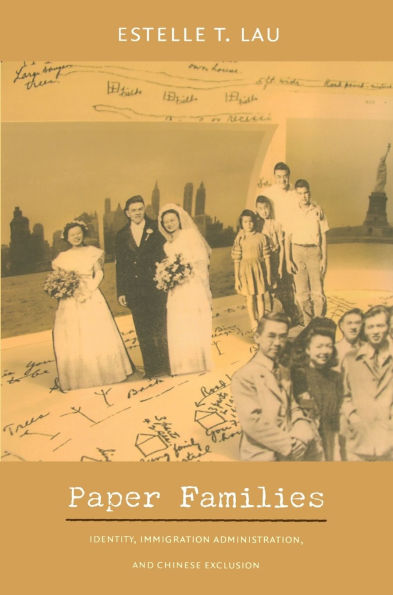Drawing on these documents as well as immigration case files, legislative materials, and transcripts of interviews and court proceedings, Lau reveals immigration as an interactive process. Chinese immigrants and their U.S. families were subject to regulation and surveillance, but they also manipulated and thwarted those regulations, forcing the U.S. government to adapt its practices and policies. Lau points out that the Exclusion Acts and the pseudo-familial structures that emerged in response have had lasting effects on Chinese American identity. She concludes with a look at exclusion’s legacy, including the Confession Program of the 1960s that coerced people into divulging the names of paper family members and efforts made by Chinese American communities to recover their lost family histories.
Drawing on these documents as well as immigration case files, legislative materials, and transcripts of interviews and court proceedings, Lau reveals immigration as an interactive process. Chinese immigrants and their U.S. families were subject to regulation and surveillance, but they also manipulated and thwarted those regulations, forcing the U.S. government to adapt its practices and policies. Lau points out that the Exclusion Acts and the pseudo-familial structures that emerged in response have had lasting effects on Chinese American identity. She concludes with a look at exclusion’s legacy, including the Confession Program of the 1960s that coerced people into divulging the names of paper family members and efforts made by Chinese American communities to recover their lost family histories.

Paper Families: Identity, Immigration Administration, and Chinese Exclusion
232
Paper Families: Identity, Immigration Administration, and Chinese Exclusion
232Paperback(New Edition)

Product Details
| ISBN-13: | 9780822337478 |
|---|---|
| Publisher: | Duke University Press |
| Publication date: | 04/04/2007 |
| Series: | Politics, History, and Culture |
| Edition description: | New Edition |
| Pages: | 232 |
| Product dimensions: | 6.30(w) x 9.29(h) x 0.59(d) |
